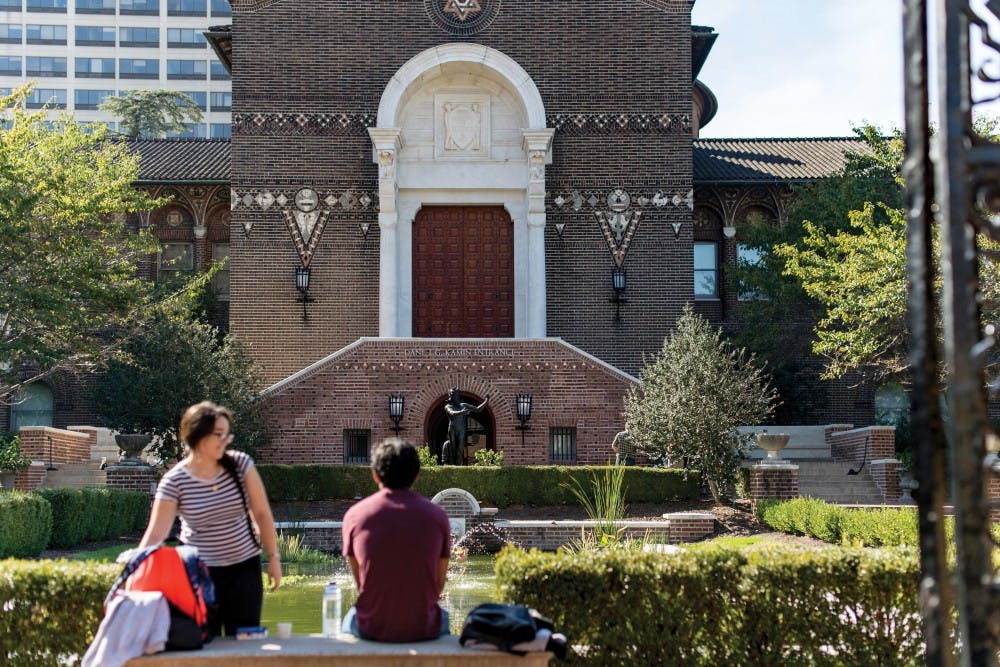Although early 20th century Philadelphia appeared to be largely desegregated, College junior Thomson Korostoff has found in his research that during this period there was a significant correlation between the type of street someone lived on and that person’s race and economic background.
Korostoff made this discovery during a summer research fellowship at the Price Lab for Digital Humanities, in which he looked at areas of Philadelphia with black and white residents living in very close proximity to each other between 1915 and 1920.
“I thought that if I looked closely, I would be able to find a very specific kind of hierarchy of streets in Philadelphia,” Korostoff said. “And I did.”
Poring over architectural data and old census records, Korostoff learned that during the 1910s and 1920s, the most desirable housing locations for the wealthy and social elite were found along the major East-West streets that cut across Philadelphia — roads like Spruce, Walnut and Market. The next tier below those were streets that run North-South, and then the lowest socioeconomic groups lived in the small streets and alleyways that cut between the larger blocks.
These delineations also correlated with the race of the residents.
“Once I got into the demographic data using the 1920 census, it became evident pretty quickly that there was a racial … stratification that accompanied the hierarchy of street types,” Korostoff said,“with the East-West streets — the most desirable ones — being almost entirely white, the North-South streets as largely mixed race, and then these alleyways as almost entirely black.”
Based on his research, Korostoff thinks that this street-based segregation was a result of the housing prices along these different street types, and was primarily a result of economic inequality between black and white Philadelphians during that period. He also believes that the cheaper housing along Philadelphia’s numerous alleyways and side streets may have served as a valuable asset to people at lower incomes, who were then able to live in the heart of major commercial blocks.
“And what that means is that the alley ways to a certain extent were providing a real resource for the city by offering a new housing type right in the center that’s more affordable than larger houses,” Korostoff said. “[The alley ways] served a really definite function for allowing what would elsewhere be a quite surprising amount of racial diversity in a very small area.”
RELATED:
Safe spaces for minorities feel limiting to some
Korostoff plans to continue this line of research into future projects, and he hopes to compare his findings about Philadelphia to other cities.









